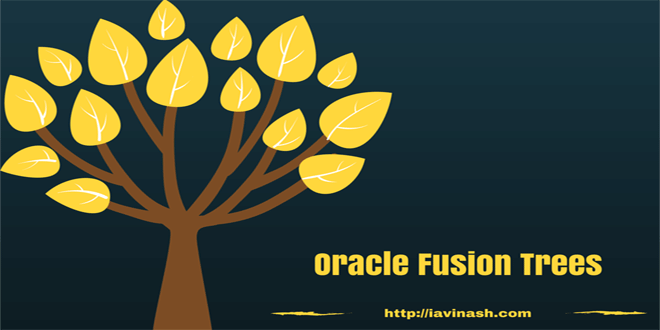What are fusion trees
A tree in fusion is a graphical representations of hierarchical data such as the structure of your organization. Oracle Fusion Human Capital Management (HCM) provides four different predefined tree structures. These trees can also be used to handle securities within your enterprise.
Below are the four tree structures available in fusion HCM
Department Trees
Department trees are mostly used to secure data using security profile. This can also be used to create custom gallery messages to appear in the portraits of workers assigned to departments within a department tree.
Subscribe Now to Unlock Premium Content!
Choose a plan that fits your needs and stay ahead in your career with our expertly curated premium content.











